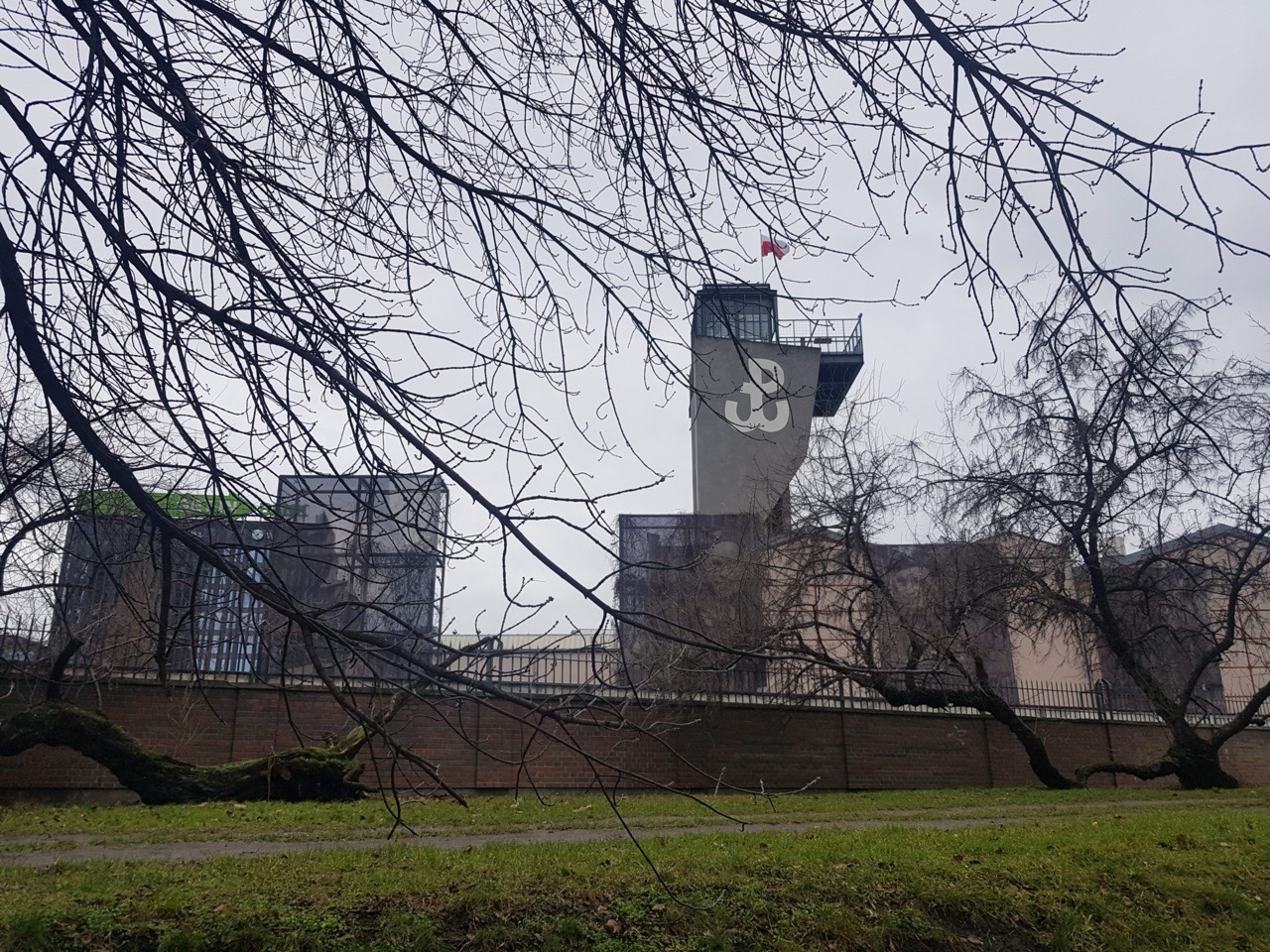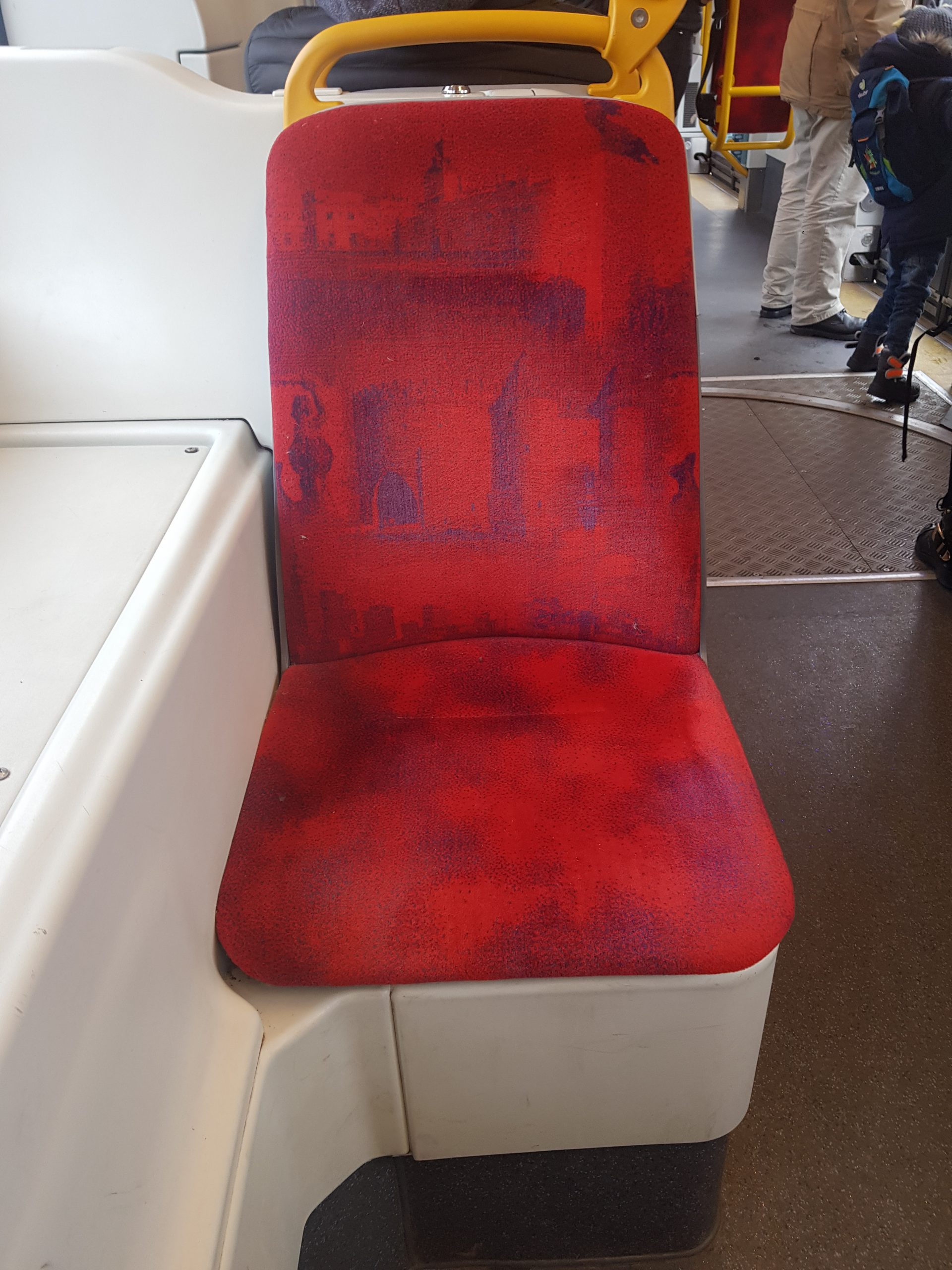Warsaw – Municipal Tourist House
On another of my flights of fancy for this blog, this building seemed to stand out a little to me in Warsaw and it felt like it had a bit of heritage to it. Unfortunately, the destruction of the city during the Second World War makes buildings like this seem relatively rare.
Fortunately, there was an intepretation board available to give some extra information about its history.
Here’s a photo of the building being constructed in the mid-1930s, so it is a pre-war construction. What is perhaps the most interested element of its history, or is to me anyway, is that it was used by the Polish Home Army when they were trying to take control of Warsaw from the Germans.
It was used as a bastion and was under the command of Captain Witold Pilecki (above in his Auschwitz photo) who I can only describe as a completely heroic person. This is a man who volunteered to get captured in 1940 to be able to infiltrate Auschwitz and he was one of the figures who was able to tell the world what was going on there. He then promptly escaped before coming back to Warsaw to fight in the Warsaw Uprising, a man of immense bravery. Unfortunately, the Soviet controlled communists didn’t take to this Polish hero and he was executed in 1948 following a show trial, despite Pilecki having had the chance to escape Poland and save his life. Since the collapse of communism, Pilecki’s reputation has been restored and he is a national hero.
The street that the property is located on is Plac Starynkiewicza, named after this man, Sokrates Starynkiewicz, a Russian general who also served as the 19th President of Warsaw. By all accounts, he seemed to have been pretty competent, delivering the city’s first horse-drawn trams, the first telephone lines and Warsaw’s first sewer and water supply. When he retired from office, he decided that he’d like to stay in Warsaw and he remained there until he died in 1902.









